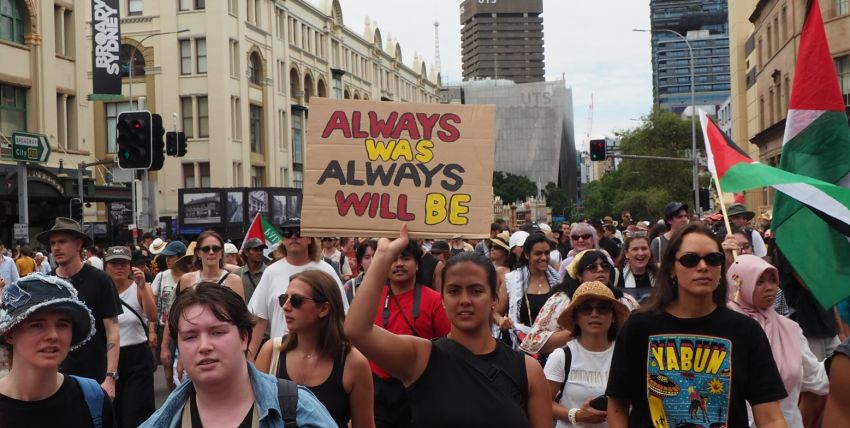
The Productivity Commission reported in July last year that the gap between First Nations peoples and the rest of the population had widened on on four key social indicators: rates of adult imprisonment, children in out-of-home care, suicide and early childhood development.
On several other indicators — including life expectancy, infant health, education, employment and housing — the gap had closed, but not enough to meet targets agreed by federal, state and local governments in the National Agreement on Closing the Gap 2020.
A new progress report from the commission, released in January, revealed some of the reasons why governments are failing to deliver on these commitments and targets.
It reported that implementation, at all levels of government, “has, for the most part, been weak and reflects tweaks to, or actions overlaid onto, business-as-usual approaches”.
“The disparate actions and ad hoc changes have not led to improvements that are noticeable and meaningful for Aboriginal and Torres Strait Islander people.
“This raises questions about whether governments have fully grasped the scale of change required to their systems, operations and ways of working to deliver the unprecedented shift they have committed to,” the report said.
“The Commission heard a clear message from Aboriginal and Torres Strait Islander people during the course of this review: persistent barriers to progressing the Agreement’s Priority Reforms are the lack of power sharing needed for joint decision-making, and the failure of governments to acknowledge and act on the reality that Aboriginal and Torres Strait Islander people know what is best for their communities.
“Unless governments address the power imbalance in their systems, policies and ways of working, the Agreement risks becoming another broken promise to Aboriginal and Torres Strait Islander people.”
Further, the report added, while governments “have acknowledged that in a broad range of service delivery areas, Aboriginal and Torres Strait Islander community-controlled services achieve better results for Aboriginal and Torres Strait Islander people”, shifting resources to community-based services “are slow (or ad hoc) and do not reflect the systemic changes that are necessary to transform service systems and improve outcomes”.
The July 2023 report card on the Close The Gap campaign revealed that:
- Nationally, the First Nations imprisonment rate was 2,151.7 per 100,000 adult population, which is an increase from 2,142.9 per 100,000 adult population in 2019. The target was a reduction of at least 15% by 2031.
- The rate of First Nations children placed in out-of-home care was 56.8 per 1,000 children in the population, an increase from 54.2 per 1,000 children in 2019. The national target was to reduce the rate of out-of-home care by 45% by 2031.
- The suicide rate for First Nations people was 27.1 per 100,000 people, an increase from 25 per 100,000 people in 2018, so the national target of a “significant and sustained reduction in suicide towards zero” not on track to be met.
- The gap in life expectancy compared to non-Indigenous people narrowed for males (from 11.4 years to 8.6 years) and for females (from 9.6 years to 7.8 years). Despite this improvement, the national target of no gap in life expectancy is not on track to be met by 2031.
- 89% of First Nations babies were of a healthy birth weight, an increase from 88.8% in 2017, but not enough to meet the target of 91% by 2031.
- 68.1% of First Nations people aged 20–24 had reached year 12 or equivalent, an increase from 63.2% in 2016 but not enough to meet the target of 96%.
- 47% of Aboriginal and Torres Strait Islander people aged 25–34 completed non-school qualifications of Certificate level III or above, an increase from 42.3% in 2016, but not enough to meet the target of 70%.
- 81.4% of First Nations people were living in appropriately sized housing, an increase from 78.9% in 2016 but not enough to meet the national target of 88%.
- 91,111 square kilometres of the sea country of Australia was subject to First Nations people’s rights or interests, an increase from 90,252 square kilometres in 2020 but not enough to meet the target of a 15% increase.
There was insufficient data to report on progress on a number of other targets set in the Close The Gap agreement.